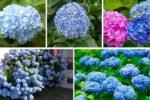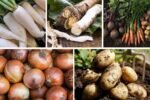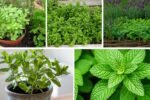Flowers have been more than just pretty faces in gardens for centuries. Many cultures across the world have long treasured blooms not only for their beauty and fragrance but for their powerful healing properties too. From soothing teas to fragrant oils, flowers can be transformed into wonderful herbal remedies that support wellness in simple, natural ways.
If you’re new to herbal medicine or looking to expand your botanical knowledge, here are 10 helpful tips to use flowers in herbal remedies — safely, effectively, and beautifully.

1. Know Your Flowers: Safety Comes First
Before you start using flowers for herbal remedies, it’s essential to identify them correctly and confirm their safety for internal or external use. While many flowers like chamomile, lavender, and calendula are well-known for their healing properties, others may be toxic if ingested or applied to the skin.
Quick Tip:
Use a reliable herbal guidebook or consult a certified herbalist to identify medicinal flowers correctly. Avoid using flowers from florists or public parks, as they might be sprayed with chemicals or pesticides.
Popular Safe Herbal Flowers:
- Chamomile
- Lavender
- Calendula
- Rose
- Elderflower
- Hibiscus
- Marigold
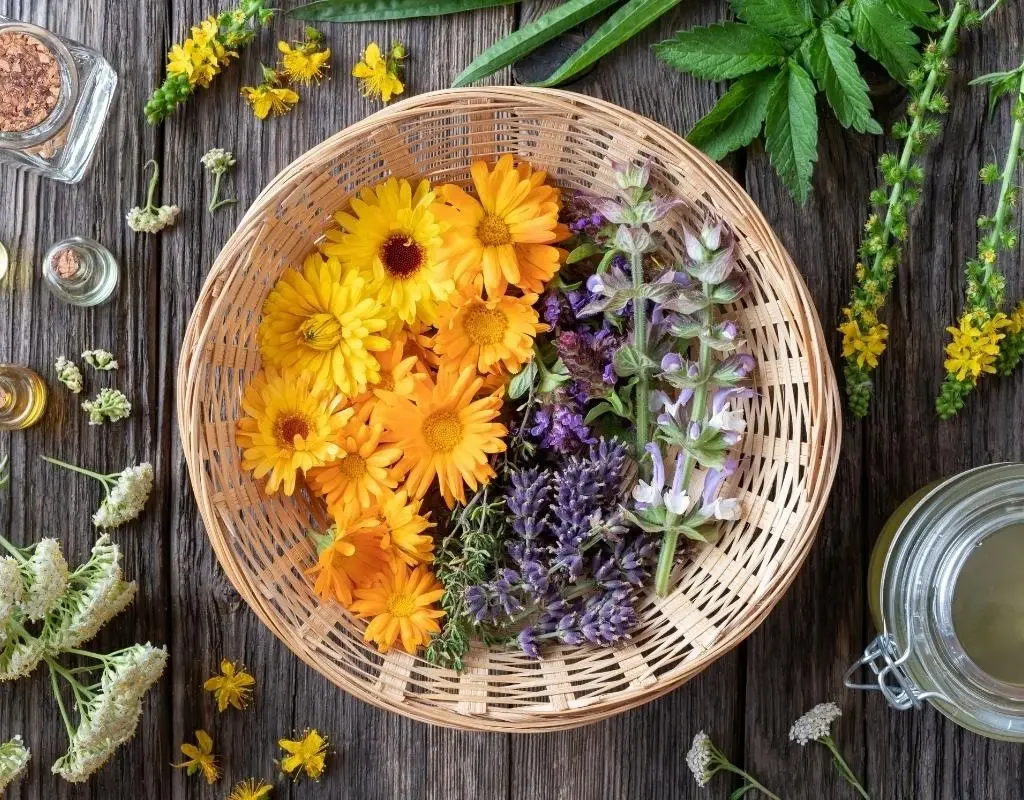
2. Choose Organic, Fresh, or Properly Dried Flowers
When preparing herbal remedies, the quality of your flowers matters. Ideally, use organically grown blooms from your garden or a trusted supplier. If using dried flowers, make sure they’re stored properly in airtight containers, away from light and moisture, to preserve their therapeutic compounds.
Fresh vs. Dried:
- Fresh flowers are great for infusions, poultices, and baths.
- Dried flowers are preferred for teas, salves, and long-lasting remedies.
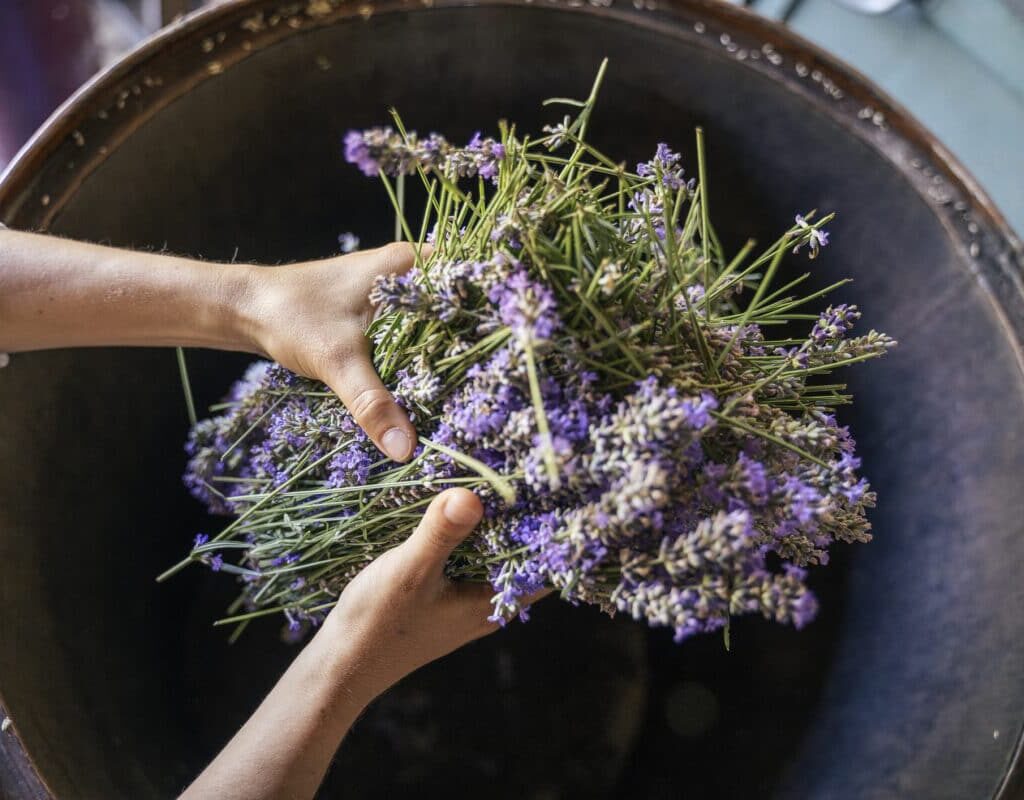
3. Master the Art of Herbal Teas and Infusions
One of the easiest and most soothing ways to enjoy the healing benefits of flowers is through herbal teas and infusions. Different flowers can offer calming, digestive, immune-boosting, or mood-enhancing properties.
How to Make a Simple Floral Tea:
- Use 1-2 teaspoons of dried flowers (or 3-4 teaspoons fresh) per cup.
- Pour boiling water over the flowers.
- Cover and let steep for 5-10 minutes.
- Strain and enjoy.
Popular Herbal Tea Combinations:
- Chamomile + Lavender: For relaxation and better sleep.
- Rose Petals + Hibiscus: For heart health and mood upliftment.
- Calendula + Elderflower: For immune support and skin health.

4. Create Calming Herbal Baths
Floral baths are ancient rituals that soothe the mind, body, and skin. The warm water extracts the beneficial compounds from the flowers, creating a relaxing and healing experience.
DIY Floral Bath Mix:
- ½ cup dried chamomile
- ½ cup dried lavender
- ½ cup dried rose petals
- Optional: ½ cup Epsom salts and a few drops of essential oil.
Place the flowers in a muslin bag or directly in the bath, steep in hot water for a few minutes before you step in. Enjoy the calming aroma and skin-soothing benefits.
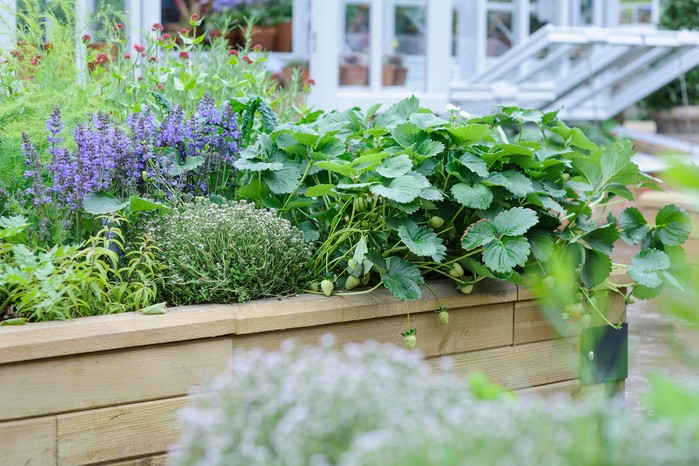
5. Infuse Flowers into Herbal Oils
Infusing flowers into oils creates wonderful topical remedies for skin irritations, inflammation, or muscle aches. Calendula, lavender, and rose are especially popular for their soothing, anti-inflammatory, and antimicrobial properties.
How to Make Flower-Infused Oil:
- Fill a clean, dry glass jar with dried flowers.
- Cover with a carrier oil (olive, jojoba, or almond oil).
- Seal and place in a sunny window for 2-4 weeks, shaking occasionally.
- Strain the oil and store in a dark bottle.
Use the infused oil for massages, skin salves, or bath oils.
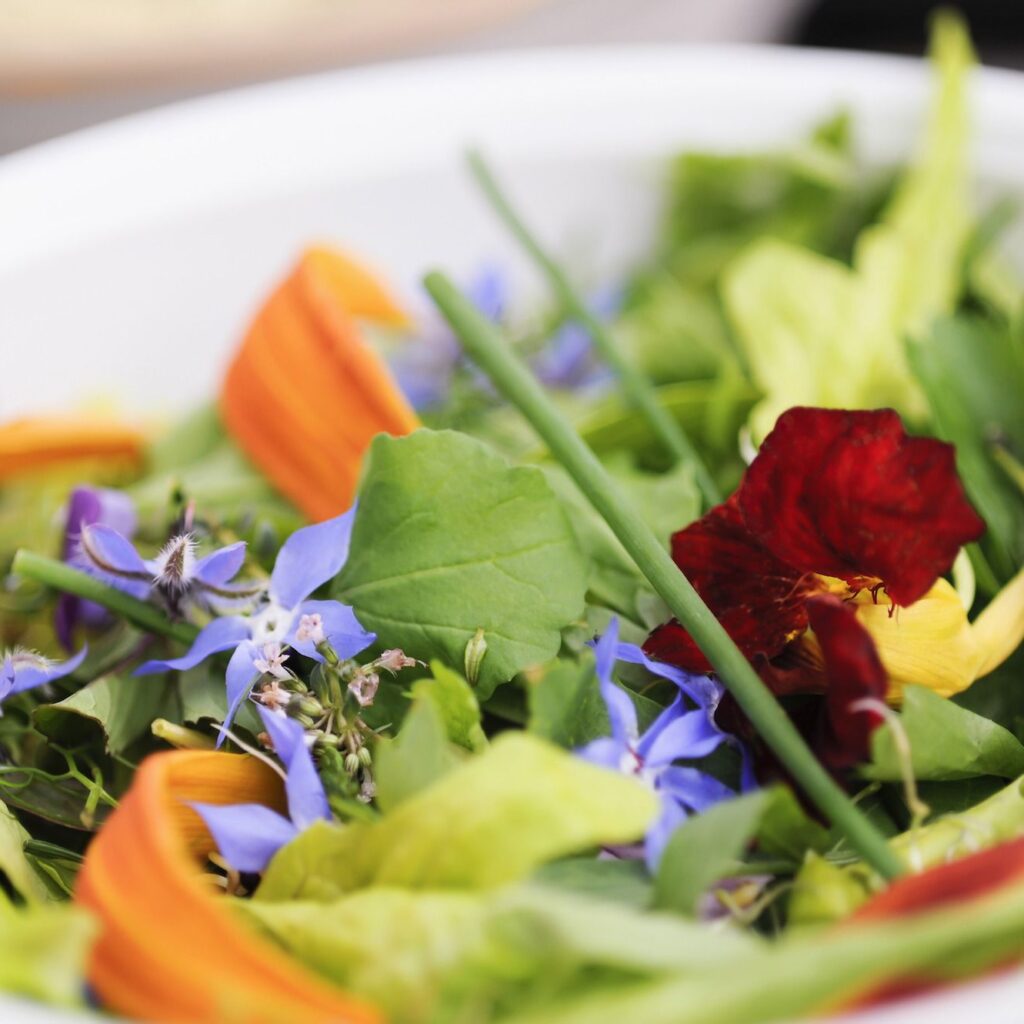
6. Prepare Floral Poultices for Quick Relief
A poultice is a soft, moist mass of plant material applied to the body to relieve inflammation, wounds, or soreness. Fresh flowers like calendula, chamomile, and lavender work beautifully in poultices.
How to Make a Flower Poultice:
- Crush fresh flower petals or soak dried petals in warm water.
- Place the softened plant material onto a clean cloth or directly on the skin.
- Cover with another cloth and leave it for 15-20 minutes.
This remedy is excellent for minor burns, bruises, or skin irritations.
7. Incorporate Flowers in Homemade Skincare Remedies
Many flowers boast natural skin-enhancing benefits and can be turned into homemade skincare products such as toners, masks, or salves.
Simple Rose Water Toner:
- Simmer fresh or dried rose petals in water for 15 minutes.
- Let cool, strain, and store in a glass spray bottle.
- Use as a facial toner to soothe and hydrate skin.
Calendula-infused oils or salves are also excellent for dry or irritated skin.
8. Blend Flowers into Herbal Vinegars
Herbal vinegars not only make flavorful culinary additions but also serve as effective tonics for skin and hair. Flowers like lavender, rose, and chamomile can be steeped in apple cider vinegar to extract their medicinal benefits.
How to Make Floral Herbal Vinegar:
- Fill a glass jar with dried flowers.
- Cover with raw apple cider vinegar.
- Seal and let infuse for 2-4 weeks.
- Strain and store in a cool, dark place.
Use it diluted as a hair rinse, facial toner, or salad dressing.
9. Craft Soothing Flower Syrups
Herbal syrups are sweet, concentrated remedies that deliver the healing goodness of flowers in a tasty form. They’re especially helpful for soothing sore throats, coughs, or calming nerves.
Example: Chamomile and Lavender Syrup
- Simmer 1 cup of dried chamomile and lavender flowers in 2 cups of water for 20 minutes.
- Strain, then add 1 cup of honey and stir well.
- Bottle and refrigerate.
Take a spoonful before bed or add to herbal teas for extra relaxation.
10. Learn the Power of Flower Essences
Flower essences are subtle yet powerful remedies made by capturing the vibrational energy of flowers. Unlike essential oils, they’re usually used for emotional and energetic healing rather than physical ailments.
How Flower Essences Are Made:
- Place fresh flowers in a bowl of spring water under sunlight for several hours.
- The water absorbs the energetic imprint of the flowers.
- Preserve the essence with brandy or vodka.
Use a few drops under the tongue or in water for emotional balance and stress relief. Popular essences include Bach Rescue Remedy, made from a combination of flowers for calming the mind.
Final Thoughts
Flowers are not just ornamental — they’re time-honored allies in natural wellness. By incorporating these 10 simple, effective tips to use flowers in herbal remedies, you can experience their soothing, uplifting, and healing benefits in your daily life.
Whether you’re brewing a comforting chamomile tea, soaking in a fragrant bath, or massaging calendula oil onto your skin, these herbal remedies connect you to nature’s gentle medicine chest in the most beautiful way.
Remember: Always research or consult with a qualified herbalist when using new plants medicinally, especially if pregnant, breastfeeding, or taking medications.


